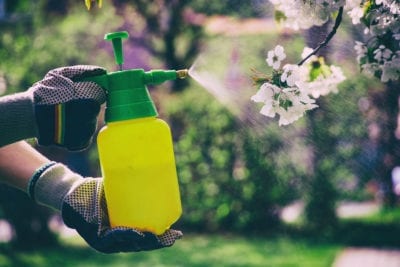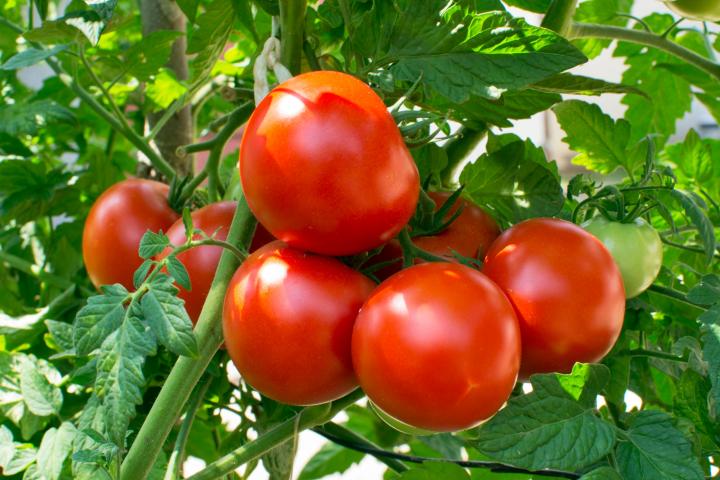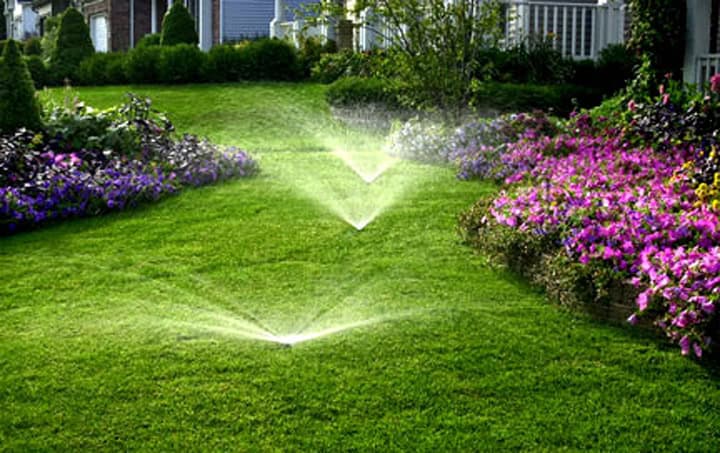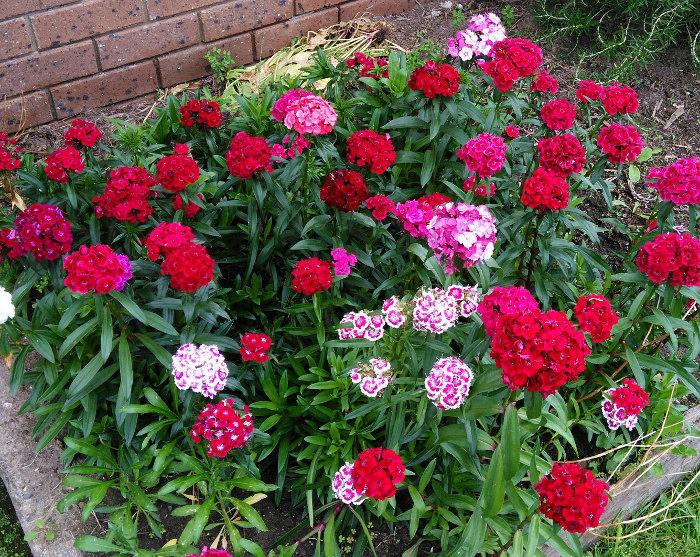If you have a garden, you probably know by now that, in order to keep it tidy and the plants healthy, the most important factors are the soil, water and light. In case one of these is inadequate or unsatisfactory, the health of your plants will have to suffer and their aspect as well.
Water is, obviously, a vital element when it comes to having vigorous plants, therefore, watering your plants, especially in a dry season, must be the number one priority. The first impulse is to arm ourselves with a hose and supplement the water quantity whenever necessary. Easy to say, but harder to implement. For instance, your lawn needs 1 gallon of water per square foot every day. Yes, every day! After a simple calculation, if you have a medium sized lawn, you will need 1-2 hours each day to irrigate it. Moreover, you also need a long hose, a high pressure water supply, and the results won’t be spectacular. The watering will be uneven, the activity tedious and, during vacations, you will have to ask (or even pay) someone to do this for you. What’s the solution? Easy! An automatic irrigation system. It will evenly water the garden and it will do it only when necessary (modern automatic watering systems are equipped with moisture sensors, so you don’t need to stop them when it rains outside).
The secret of success in terms of efficiency and efficacy is their design. This is why, when you are going to purchase such a system, you must be extremely careful to each of its components:
– the controller/programmer – the element that stores your watering schedule and transmits the start signal to the solenoids.
– moisture sensor – the element that transmits the controller a signal to let it




